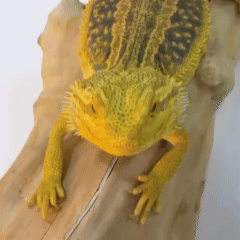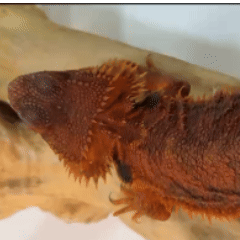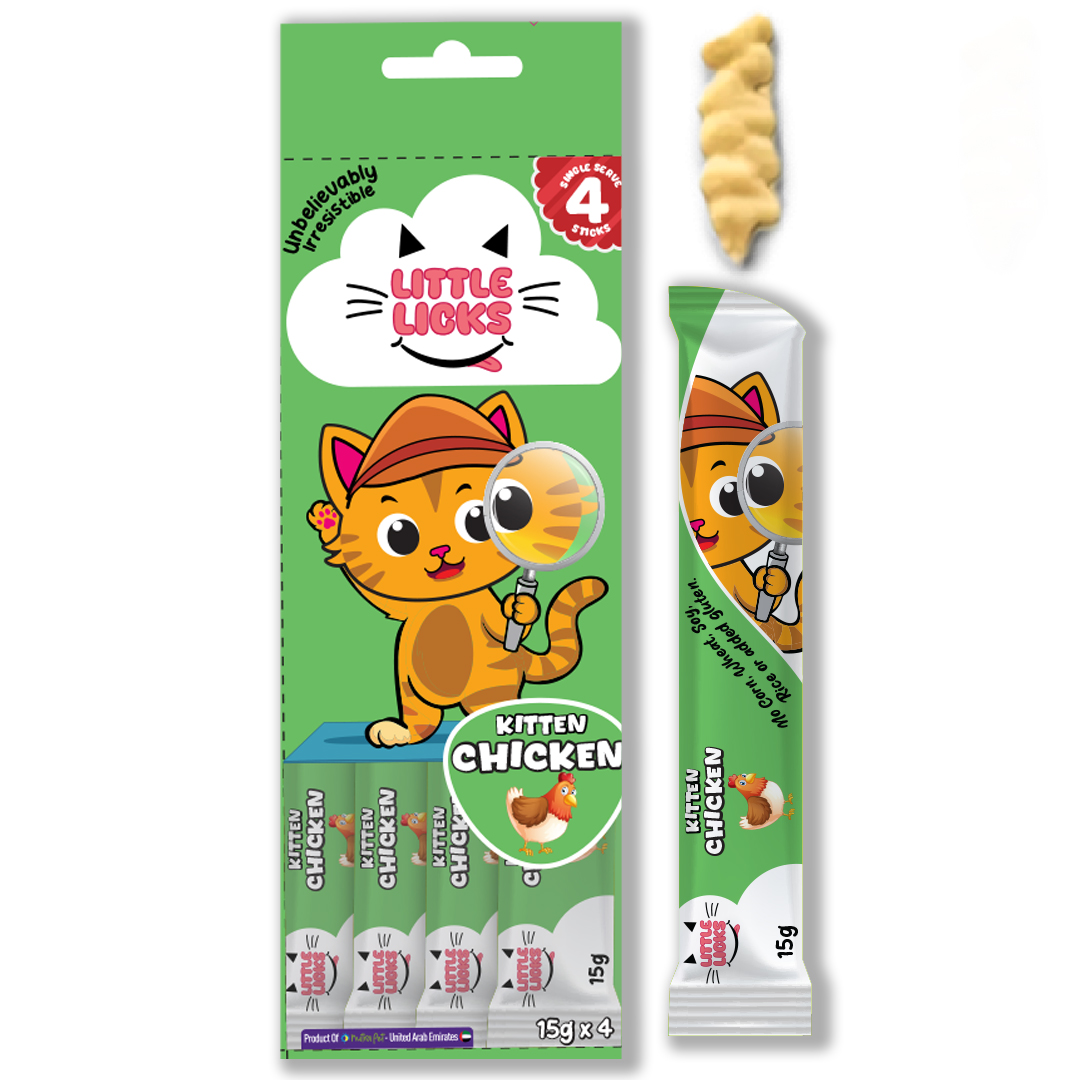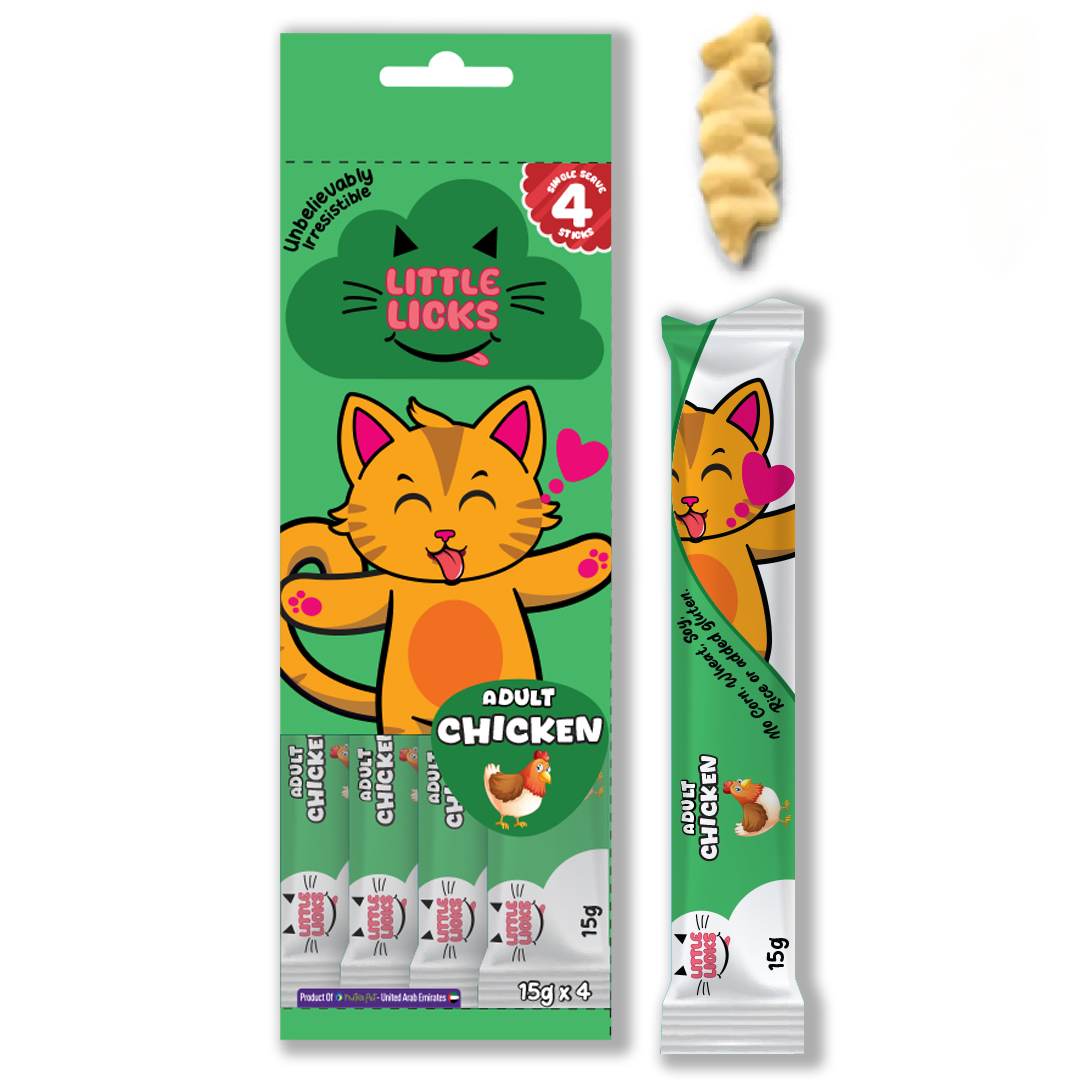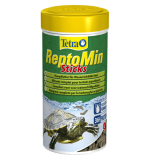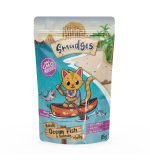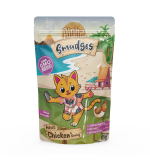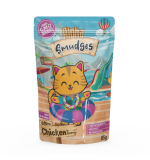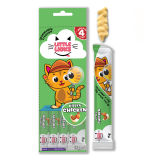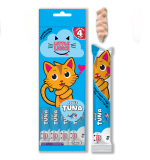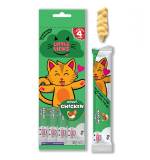Absolutely! Bearded dragons (*Pogona vitticeps*) are one of the most popular reptiles kept as pets due to their friendly nature, ease of care, and interesting behaviors. Here’s a comprehensive guide on how to care for a bearded dragon:
### 1. **Habitat Setup**
#### Enclosure
- **Size**: An adult bearded dragon requires a spacious enclosure. A **40-gallon tank** is the minimum size for adults, but a **75-gallon or larger** enclosure is recommended for better space and comfort.
- **Type**: A glass terrarium is ideal. Ensure it has a secure lid, as bearded dragons can be escape artists.
#### Substrate
- **Options**: Use paper towels, reptile carpet, or tiles as substrate. Avoid loose substrates like sand, which can cause impaction if ingested.
#### Hiding Spots and Climbing Structures
- **Hides**: Provide multiple hiding spots using commercial hides, rocks, or logs. This helps reduce stress and gives the dragon a place to feel secure.
- **Climbing**: Bearded dragons enjoy climbing, so adding branches or platforms can create a more enriching environment.
### 2. **Temperature and Lighting**
#### Temperature
- **Basking Spot**: 95°F - 110°F (35°C - 43°C)
- **Cool Side**: 75°F - 85°F (24°C - 29°C)
- **Nighttime Temperature**: 65°F - 75°F (18°C - 24°C)
Use a basking lamp or a heat mat to achieve these temperatures. A thermometer should always be used to monitor the temperature.
#### Lighting
- **UVB Lighting**: Provide a UVB light (10-12% UVB) to help synthesize vitamin D3, which is crucial for calcium absorption. Replace UVB bulbs every 6-12 months, as their effectiveness diminishes over time.
- **Photoperiod**: A 12-hour light/dark cycle is recommended to mimic natural conditions.
### 3. **Feeding**
#### Diet
- **Vegetables**: Offer a variety of leafy greens (collard greens, dandelion greens, mustard greens) and vegetables (carrots, bell peppers, squash). Avoid iceberg lettuce, as it has little nutritional value.
- **Protein**: Feed insects like crickets, mealworms, and dubia roaches. Hatchlings and juveniles require more protein, while adults can have a more plant-based diet.
- **Fruits**: Occasional treats can include fruits like strawberries, blueberries, and mangoes, but they should be offered in moderation due to high sugar content.
#### Feeding Schedule
- **Hatchlings**: Feed 3-5 times a day.
- **Juveniles**: Feed 2-3 times a day.
- **Adults**: Feed once daily or every other day, focusing on a balanced diet of insects and greens.
### 4. **Hydration**
- **Water**: Provide a shallow dish of fresh water at all times. Bearded dragons may also benefit from occasional misting or soaking (10-15 minutes in lukewarm water) to encourage hydration, especially during shedding.
### 5. **Handling**
- **Temperament**: Bearded dragons are generally docile and enjoy interaction. Regular handling can help them become more accustomed to you.
- **How to Handle**: Support their body and avoid grabbing their tails, as they can drop their tails as a defense mechanism. Start with short handling sessions (5-10 minutes) and gradually increase as they become more comfortable.
### 6. **Health Care**
- **Regular Checks**: Monitor your bearded dragon for signs of illness, such as lethargy, lack of appetite, abnormal shedding, or signs of respiratory issues (e.g., wheezing).
- **Shedding**: Bearded dragons shed their skin regularly. Provide proper humidity and hydration to help facilitate shedding.
- **Veterinary Care**: Regular check-ups with a reptile-savvy veterinarian are recommended, especially if you notice any health issues. Bearded dragons can be prone to metabolic bone disease (MBD) due to a lack of UVB exposure or calcium.
### 7. **Behavior and Enrichment**
- **Activity**: Bearded dragons are active and curious creatures. Providing an enriched environment with climbing structures, hiding spots, and interactive toys can help stimulate their natural behaviors.
- **Social Interaction**: They often enjoy interacting with their owners and may exhibit behaviors such as head-bobbing, arm-waving, and basking.
### 8. **Lifespan and Growth**
- **Lifespan**: With proper care, bearded dragons can live 10-15 years or longer in captivity.
- **Growth Rate**: Hatchlings can grow rapidly, reaching 16-24 inches in length as adults. Proper nutrition and care will influence their growth.
### 9. **Breeding**
- **Breeding Season**: If you are interested in breeding, bearded dragons typically breed in the spring. Introduce a male to a female after brumation (a period of dormancy during cooler months).
- **Egg Laying**: Females will lay eggs, which need specific incubation conditions (around 80°F and high humidity).
### 10. **General Tips**
- **Research**: Always research thoroughly and understand the specific needs of bearded dragons before bringing one home.
- **Community**: Joining online forums or local reptile groups can provide valuable support and resources for new owners.
### Conclusion
Caring for a bearded dragon requires attention to their habitat, diet, and health, but they are incredibly rewarding pets. Their unique personalities and interactive nature make them a joy to keep. If you have any specific questions or need further information, feel free to ask!

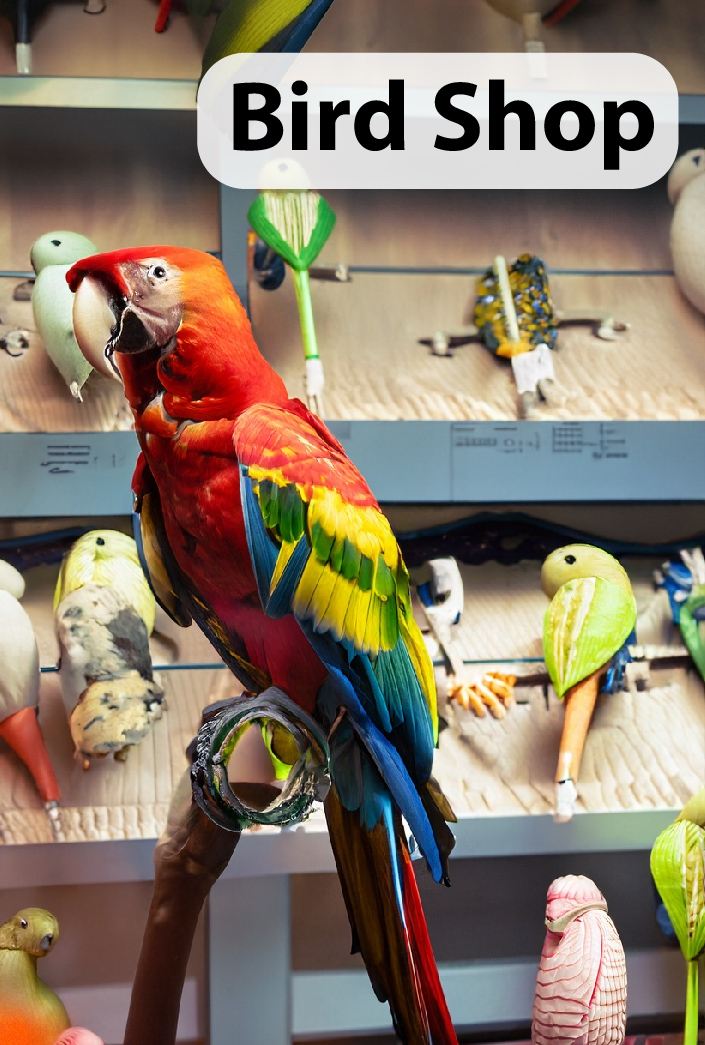


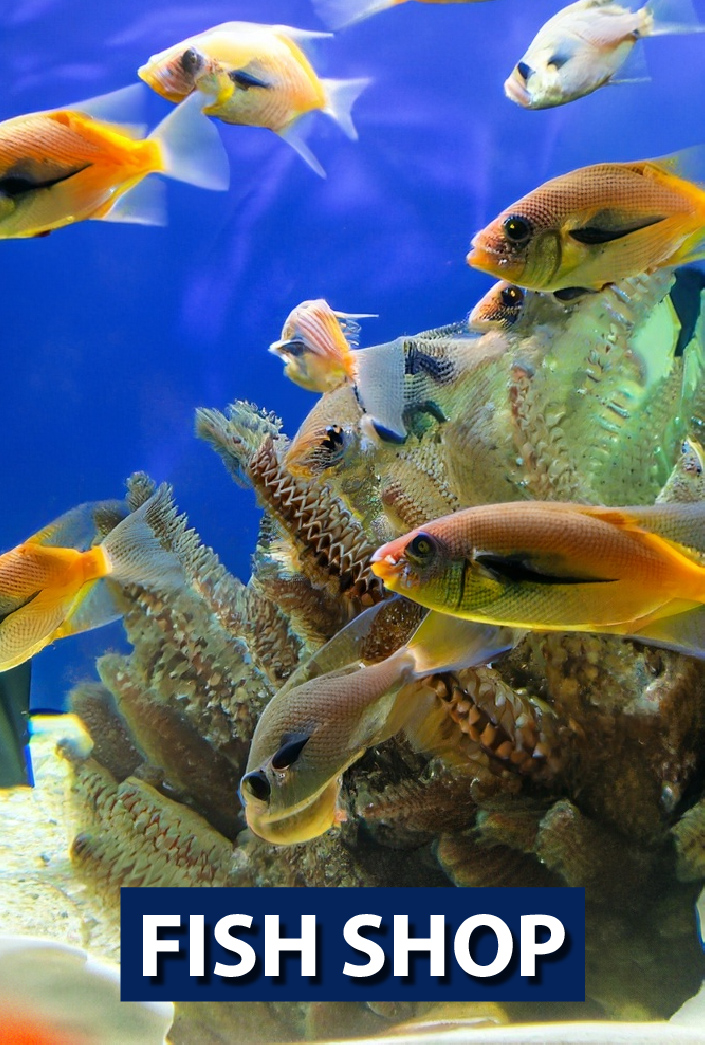
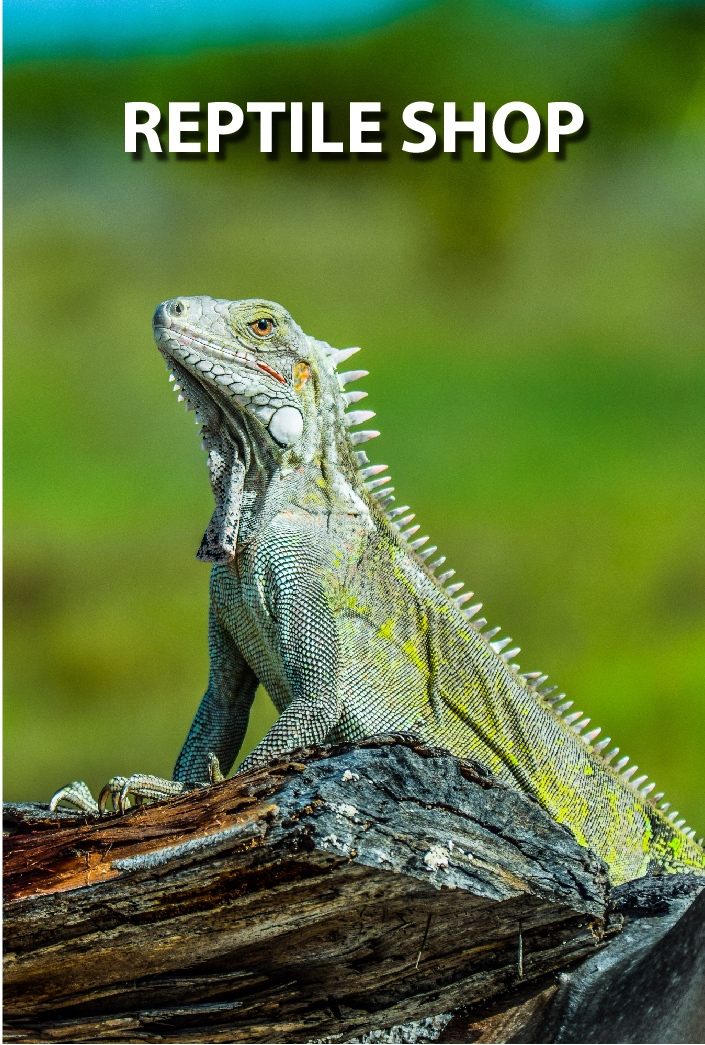
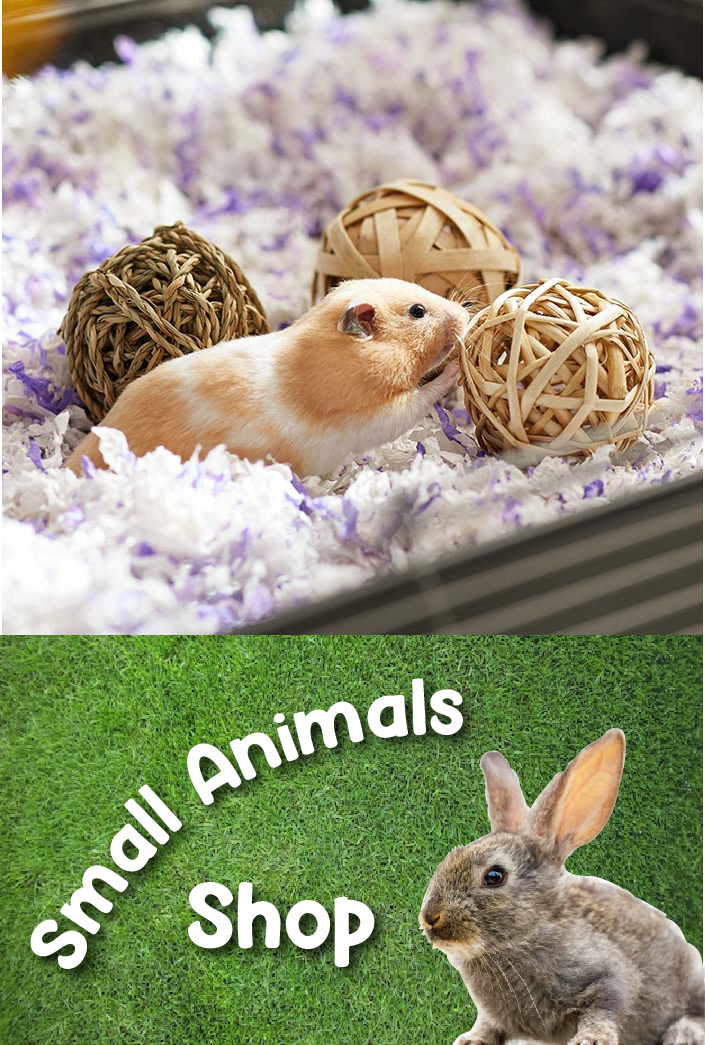
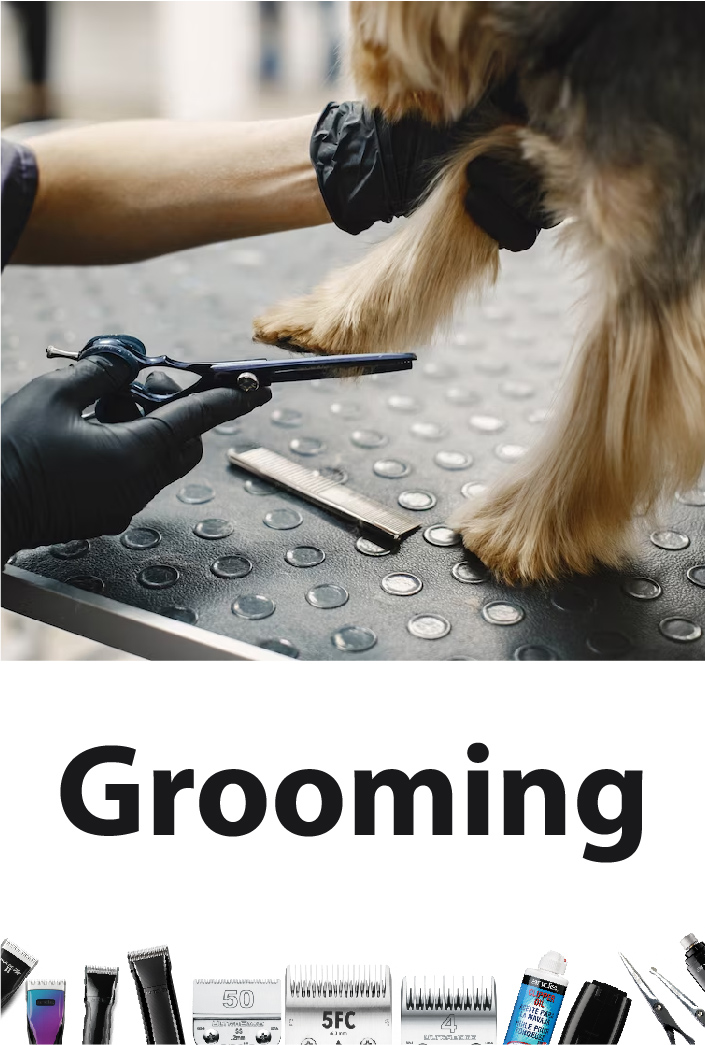
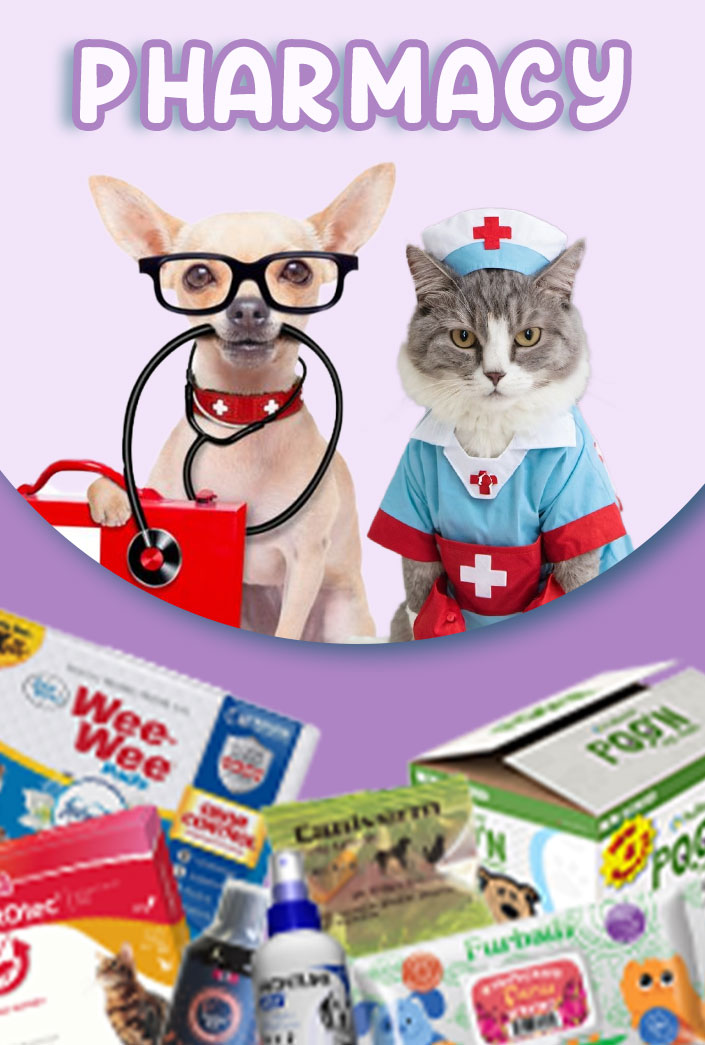


 Next Day Delivery
Next Day Delivery
 60 Min Delivery
60 Min Delivery







